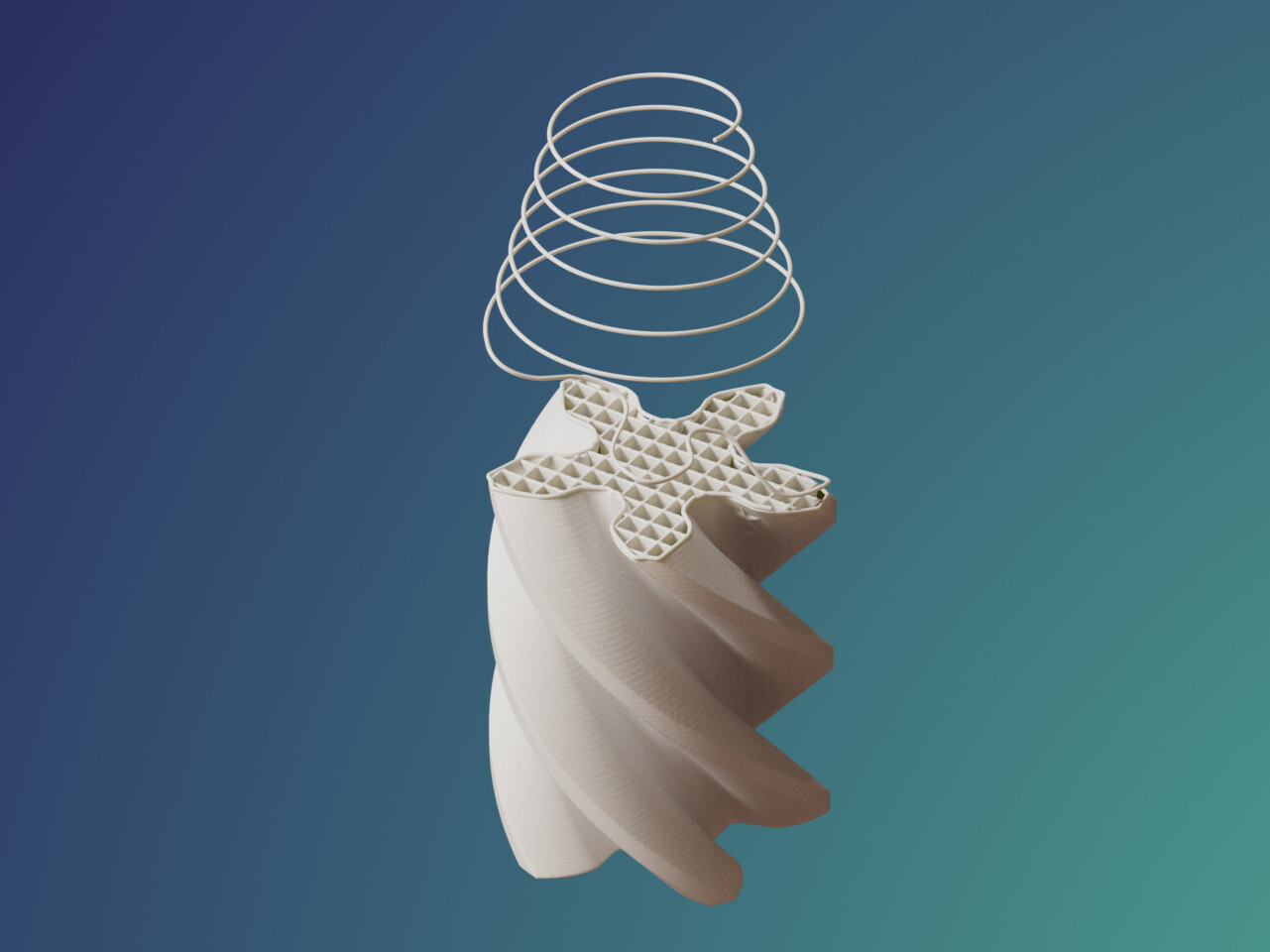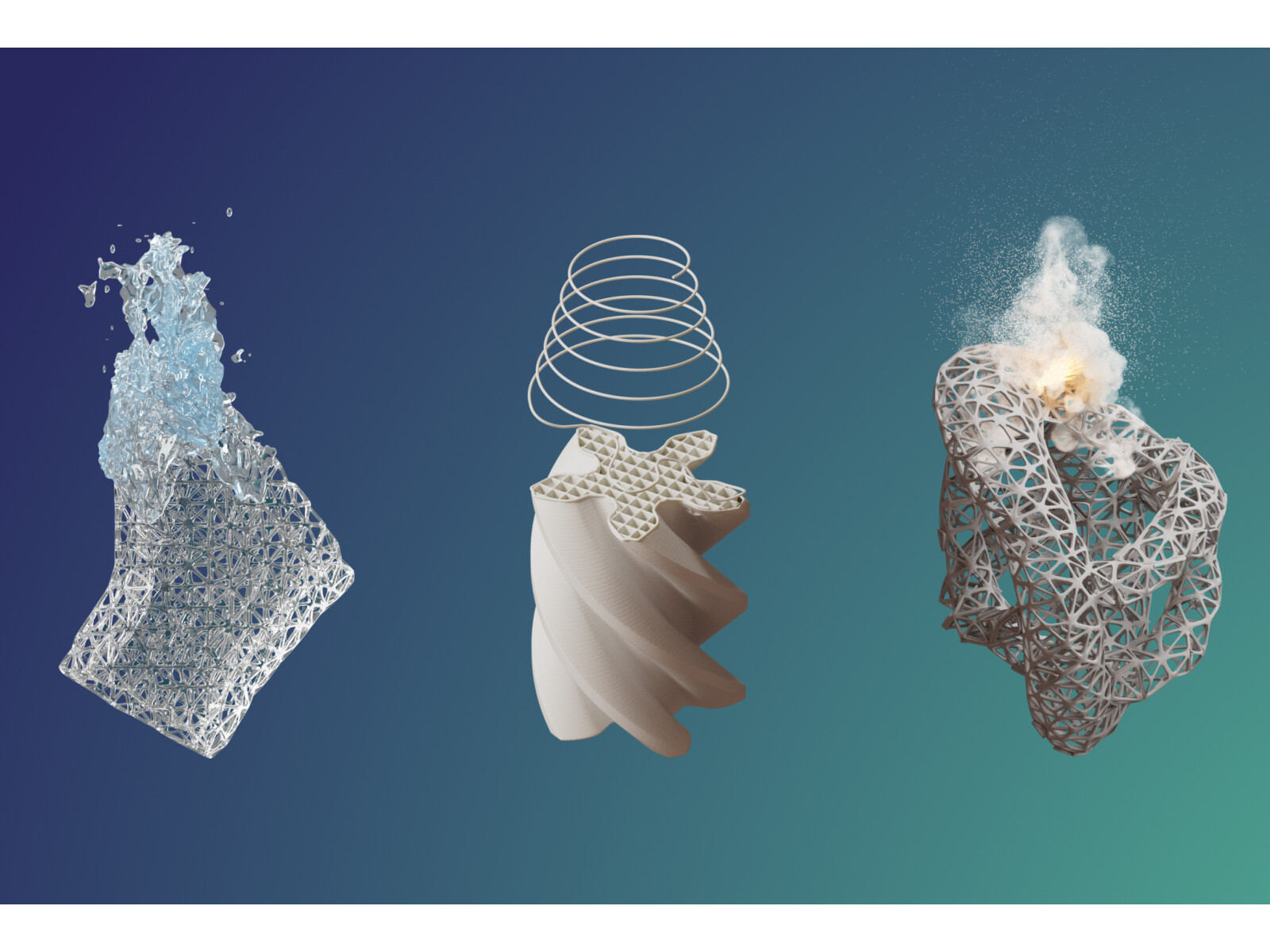Extrusion 3D printing: a comparison of flexible filaments

Recently, many flexible filaments have been introduced to the material extrusion printing additive manufacturing market, greatly expanding the range of parts that can be made with 3D printers. The objective of this white paper is to compare the mechanical properties of parts fabricated by Fused Filament Fabrication (FFF) using several flexible filament feedstocks.



